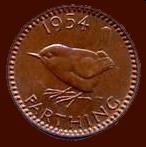








Designed by Nigel G Wilcox






The Paragon Of Metal Detecting
Powered By Sispro1
British Sterling Currency - Numismatics,
Half-Angel
For Reference ONLY
Everything For The Detectorist
Henry VIII 1461-1483 AD
Royal Monarchy
Copyright All Rights Reserved by Nigel G Wilcox E-Mail: ngwilcox100@gmail.com
INFORMATION - DATA
Pages
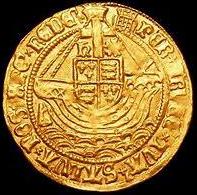
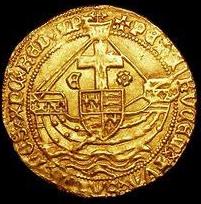
Half Angel
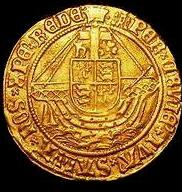
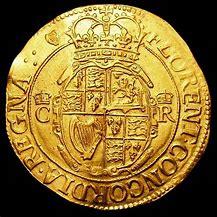
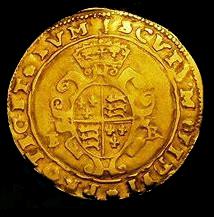
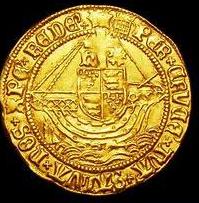
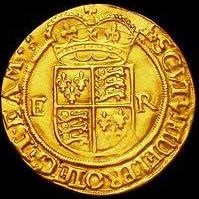
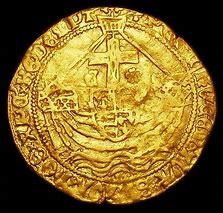
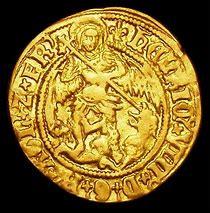
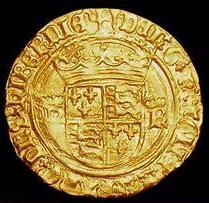
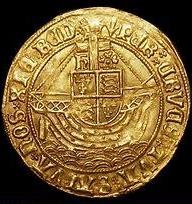
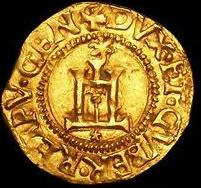
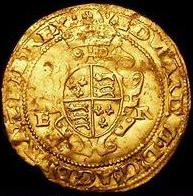
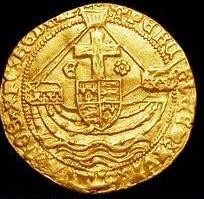
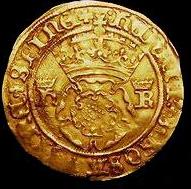
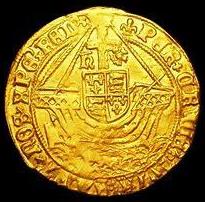
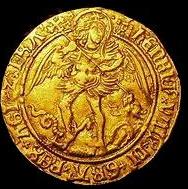


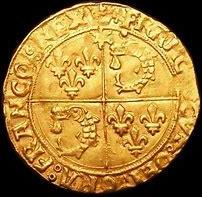
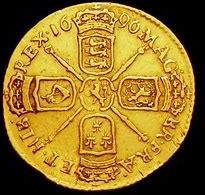
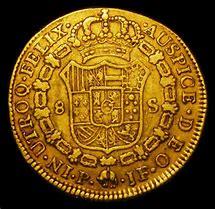
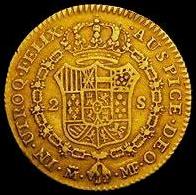
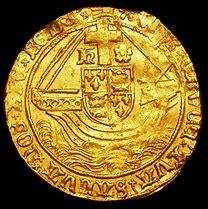
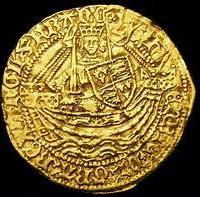
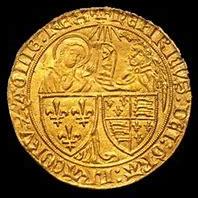
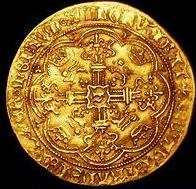
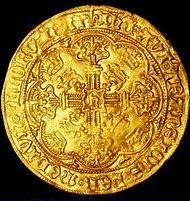
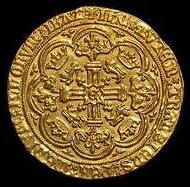
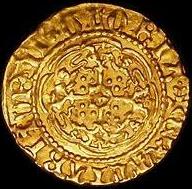
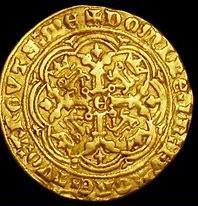
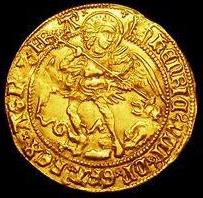
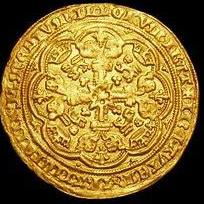
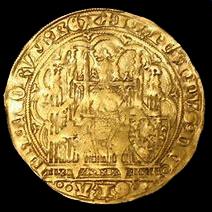
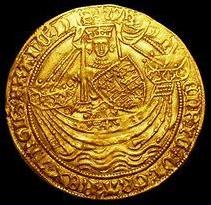
Third Coinage
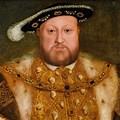
A public indenture of 28th May 1544 officially marked the start of the third period of coinage of King Henry VIII, when debasement took full swing, and the gold coins were reduced to 23 carat for the fine pieces (0.958 fine). However, a secret indenture of 16th May 1542 had already allowed for a majority of minting activity in gold and silver at the new lower standards, with many coins prepared and already stockpiled in the Tower in readiness for the latter public indenture of debasement. In fact £15,595 worth of gold and £52,927 of silver had been stockpiled by March of 1544 all whilst at the same time minting activity occured at the usual fineness from the public indenture of the second issue unchanged since 1533. The stock pile was released for use from 28th May 1544 when the public indenture at the lower fineness took effect and all the coinage activity was at the debased level.
Henry VIII (1509-47), gold Half-Angel of four shillings, third coinage (1544-47), struck in 23 carat gold, St Michael spearing dragon right, Latin legend and beaded border surrounding, initial mark lis, saltire stops, hEnRIC' x8x D'xG'x AGL'x FR'x Zx hIB'x REX'x, rev. quartered shield upon ship, cross above, h to left, rose to right, annulet stops, Oo CRVXo AVEo SPESo VINICAo, weight 2.60g. Lightly toned, good very fine and rare this well preserved.
The abbreviated Latin legends translate as on the obverse "Henry the Eighth by the Grace of God, King of England"; and on the reverse "Hail! O Cross, our only hope."
The abbreviated Latin legends translate as on the obverse "Henry the Eighth by the Grace of God, King of England"; and on the reverse "Hail! O Cross, our only hope."
3rd coinage
The angel was an English gold coin introduced by Edward IV in 1465. It was patterned after the French angelot or ange, which had been issued since 1340. The name derived from its representation of the archangel Michael slaying a dragon. As it was considered a new issue of the noble, it was also called the angel-noble.
In 1472, the half-angel was introduced with a similar design weighing 40 grains (2.6 grams) with a diameter of 20 to 21 millimeters.
In 1472, the half-angel was introduced with a similar design weighing 40 grains (2.6 grams) with a diameter of 20 to 21 millimeters.
The Great Debasement (1544-1551) was a currency debasement policy introduced by in 1544 England under the order of Henry VIII which saw the amount of precious metal in gold and silver coins reduced and in some cases replaced entirely with cheaper base metals such as copper. Overspending by Henry VIII to pay for his lavish lifestyle and to fund foreign wars with France and Scotland are cited as reasons for the policy's introduction. The main aim of the policy was to increase revenue for the Crown at the cost of taxpayers through savings in currency production with less bullion being required to mint new coins. During debasement gold standards dropped from the previous standard of 23 carat to as low as 20 carat while silver was reduced from 92.5% sterling silver to just 25%. Revoked in 1551 by Edward VI the policy's economic effects continued for many years until 1560 when all debased currency was removed from circulation.
Henry VIII
Main Coin Menu

VIEW ALL MENUS
Member NCMD
6. S. Menu
























